Ways of solving food Problem In Nigeria
Ways of solving food Problem In Nigeria, Nigeria as a country has been tasked with many socio-economic problems recently, One of which is the food scarcity that has led to hyper-inflation in the country. I will discuss in full details ways how Nigeria can solve the food problems in the country.
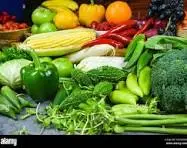
Ways of solving food Problem In Nigeria, the following are ways of solving food scarcity problem in the country
1. Strengthening Agricultural Practices a Ways of solving food Problem In Nigeria
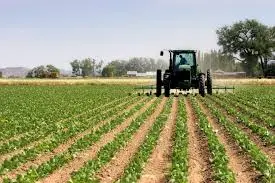
- Investment in Sustainable Farming: Promote eco-friendly practices that enhance soil health, reduce chemical dependency, and ensure long-term productivity.
- Support Smallholder Farmers: Empower local farmers by providing training, access to quality seeds, and modern farming techniques.
- Value Chain Enhancement: Strengthen the entire agricultural value chain, from production to distribution, to minimize losses and improve efficiency.
- Post-Harvest Handling: Implement proper storage facilities and transportation systems to prevent spoilage and wastage.
2. Climate-Resilient Agriculture a Ways of solving food Problem In Nigeria
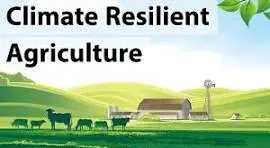
- Irrigation Systems: Leverage Nigeria’s abundant water resources for irrigation. This can mitigate the impact of droughts and erratic rainfall patterns.
- Drought-Resistant Crops: Research and promote crops that thrive in arid conditions.
- Afforestation: Plant more trees to combat soil erosion, improve microclimates, and enhance overall resilience.
3. Mechanization and Technology a Ways of solving food Problem In Nigeria
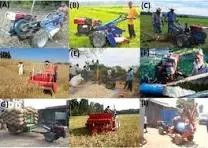
- Farm Machinery: Encourage the adoption of modern equipment for efficient land preparation, planting, and harvesting.
- Digital Solutions: Use mobile apps and data analytics to disseminate information, monitor crop health, and predict weather patterns.
4. Empowering Women and Rural Farmers

- Gender-Inclusive Policies: Ensure equitable access to resources, credit, and training for women in agriculture.
- Community-Based Organizations: Strengthen local cooperatives and associations to amplify the voices of rural farmers.
5. Financial Support and Investment

- Government Intervention: Allocate funds for agricultural research, infrastructure development, and subsidies.
- Private Sector Engagement: Encourage private investment in agribusiness and value-added processing.
6. Animal Husbandry and Fisheries

- Livestock Management: Improve animal health, breeding, and nutrition.
- Fish Farming: Promote sustainable aquaculture to diversify protein sources.
7. Urban Agriculture
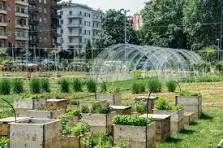
- Rooftop Gardens: Encourage urban residents to cultivate small gardens on rooftops or balconies. This can supplement their food supply and foster community resilience.
- Community Gardens: Establish communal green spaces where locals can grow fresh produce collectively.
8. Food Preservation and Processing

- Canning and Drying: Teach preservation techniques to extend the shelf life of fruits, vegetables, and grains.
- Value-Added Products: Promote food processing to create value-added products like jams, sauces, and dried snacks.
Conclusion
Read More Agricultural Write Up Like This Here
- Ways of preventing drug abuse
- Ways of preventing food spoilage
- What are the 5 causes of food spoilage
- 10 storage facilities to prevent food insecurity


